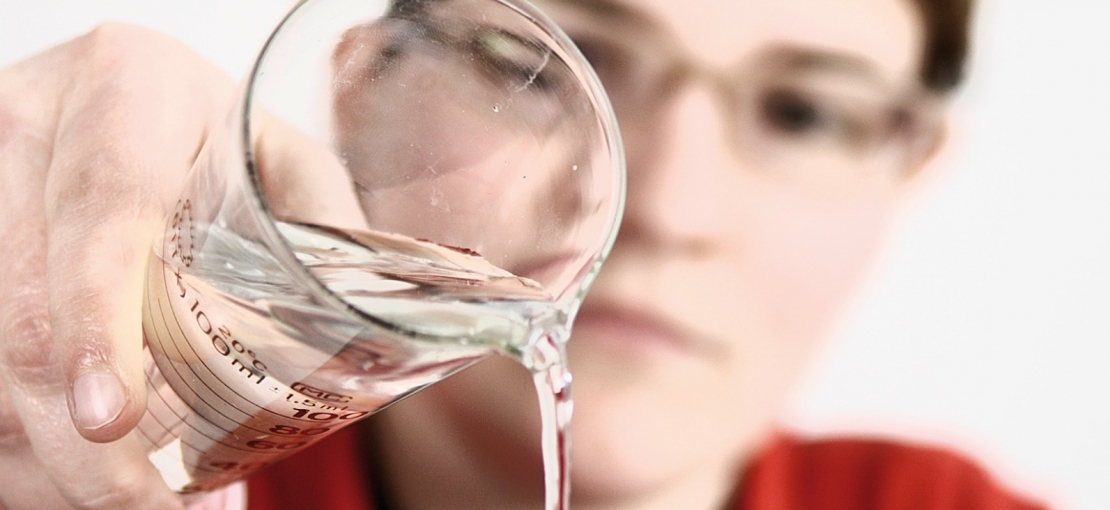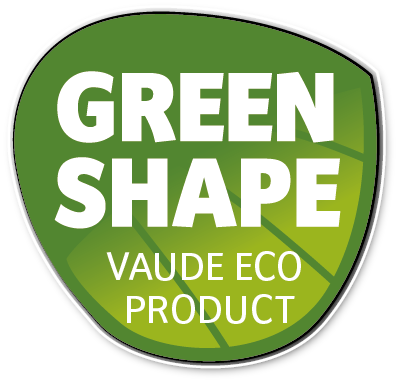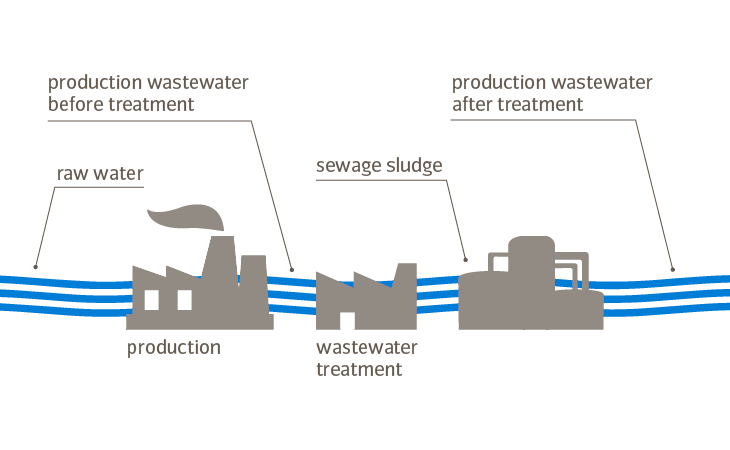
We are proactive in our fight against hazardous substances
Clear strategy for chemicals management
It is our declared goal to ensure both product safety and consumer safety for all of our product groups and to go beyond legal requirements.
This is why there is a clear strategy for the management of chemicals at VAUDE.
- We place the highest emphasis on the safety for our customers.
- We refrain from using ecologically harmful and hazardous chemicals.
- Even without legal regulations, we are finding substitutes for dangerous substances.
- We take on comprehensive responsibility for people and the environment in our supply chain.
- We are transparent with all of the chemicals we use.
- We train and empower our partners in the supply chain.
Exceptionally strict limits with the Detox Commitment®
Switching from the RSL to the MRSL
Create your own infographicsTests of harmful substances
Create your own infographicsWastewater tests
Create your own infographicsSwitching from the RSL to the MRSL is a major step. While until now, compliance with limit values has been observed in finished products, compliance is now required throughout the entire manufacturing process: the production of yarns, weaving, dyes, coating/lamination and further finishing steps. This is quite a big step for us, and we also need the cooperation of our supply chain. However, we will continue to follow this path, as it will help us achieve great improvement for the people and the environment near our production sites. The VAUDE MRSL is the basis of our business relationships for all materials used, such as fabrics, components and packaging materials.
The limits and prohibitions of individual substances listed in the VAUDE MRSL go far beyond the legal requirements (REACH) and requirements of other textile standards.
Consistent monitoring of the supply chain using the VAUDE MRSL
70 percent of our producers have signed our MRSL. 63 percent of their material manufacturers have signed our MRSL. We are also in talks with those producers and material manufacturers who have not yet signed the MRSL.
VAUDE Green Shape Products: Suppliers must provide test reports.

Each supplier and producer must confirm compliance with the limits stipulated in the MRSL - and this also includes test reports. For our partners, we have agreed on a VAUDE hazardous substances program with a renowned testing institute.
Our system is working - all test results in 2016 were very good, and clear improvements are recognizable.
58 random samples of materials and marketable goods were tested.
In 2016, 58 samples in total were examined. Of these, 49 were tests of materials and 9 were tests of products. This year, the materials used for shoe production was a focus.
All samples met the requirements of REACH. For 8 material samples, values were found that were higher than those allowed by the MRSL. We are working intensively with our suppliers to achieve improvements for these cases.
We are working intensively on substitutions for the following substances:
- APEOs (eg detergents)
- Azo dyes (synthetic dyes)
- Polycyclic aromatic hydrocarbons
- PFOA (Perfluorooctanoic acid)
- Phthalates (plasticizer)
- PVC
- Solvents
- Organotin compounds
Our systematic approach shows us precisely the areas where we need to take action, including which materials and which suppliers are affected, which allows us to work closely with our partners on improvements.
Wastewater tests for fabric manufacturers

Since 2016, VAUDE has gone a step further and has been carrying out tests in accordance with our MRSL of our fabric manufacturers’ untreated water and wastewater. This allows us to see clearly whether hazardous substances were used during production, which could then contaminate the rivers and streams and thus enter the food chain. The results largely met our MRSL and we are in intensive talks with our suppliers in order to achieve further improvements. VAUDE will publish the results of these wastewater studies in the future to provide transparency on this issue as well.
| GRI: | G4-DMA Consumer Health Safety |






